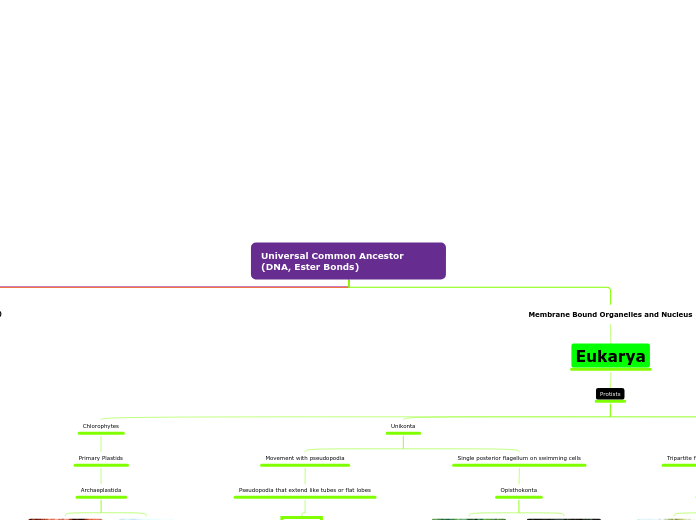Origin of life
Moon's formation
The giant impact hypothesis
scientific hypothesis for the formation of the Moon, which is thought to have formed as a result of a collision between the young Earth and a Mars-sized body . these microscopic particles which resulted from this collsion formed larger bodies that eventually became planetesimals
Earth's Formation
Origin of earth's core
accretion
Ultimately, nuclear fusion of hydrogen into helium began, and eventually, after contraction, a T Tauri star ignited to create the Sun. Meanwhile, as gravity caused matter to condense around the previously perturbed objects outside the gravitational grasp of the new sun, dust particles and the rest of the protoplanetary disk began separating into rings.
Iron Catastrope
The inner part of the protoplanet was hot enough to melt the heavy, siderophile metals. Such liquid metals, with now higher densities, began to sink to the Earth's center of mass. This so called iron catastrophe resulted in the separation of a primitive mantle and a (metallic) core only 10 million years after the Earth began to form,producing the layered structure of Earth and setting up the formation of Earth's magnetic field.
Origin of solar sysytem
Solar nubula
a large, rotating cloud of interstellar dust and gas. It was composed of hydrogen and helium created shortly after the Big Bang ( supernova)
Protoplanetary disk
As the cloud began to accelerate its rotation, gravity and inertia flattened it into a protoplanetary disk.
Most of the mass concentrated in the middle and began to heat up, but small perturbations due to collisions and the angular momentum of other large debris created the means by which protoplanets up to several kilometres in length began to form, orbiting the nebular center.
Protplanets
as gravity caused matter to condense around the previously perturbed objects outside the gravitational grasp of the new sun, dust particles and the rest of the protoplanetary disk began separating into rings.dust particles and the rest of the protoplanetary disk began separating into rings. Successively larger fragments collided with one another and became larger objects, ultimately becoming protoplanets
Sun
nuclear fusion of hydrogen into helium began, and eventually, after contraction, a T Tauri star ignited to create the Sun.
Protoplanets
Appearnce of water
Comets
Comets: Comets formed in the outer reaches of our solar system early in its development. They are made of ice and dust, materials from the original nebula. Comets periodically pass close enough to the Sun to heat up and release a long tail of dust and gas.Comets may also have contributed water and complex organic molecules to Earth's environments.
Outgassing process
Volcanic eruptions
Volcanic eruptions spewed gases from Earth's interior to the atmosphere, a process called out gassing that continues today. Most of the gas was carbon dioxide and water vapor. The water vapor condensed to form part of Earth's oceans as the surface cooled
primary organisms
2- prokaryotes
small single-celled organisms without nuclei. These earliest organisms were anaerobic — they did not require oxygen to live.
1- EukaryotesSubtopic
Eukaryotes
homglobyn carries Iron
Iron come from stars
came from denser concentration of H & He which coalensend into large bodies( big bang)









